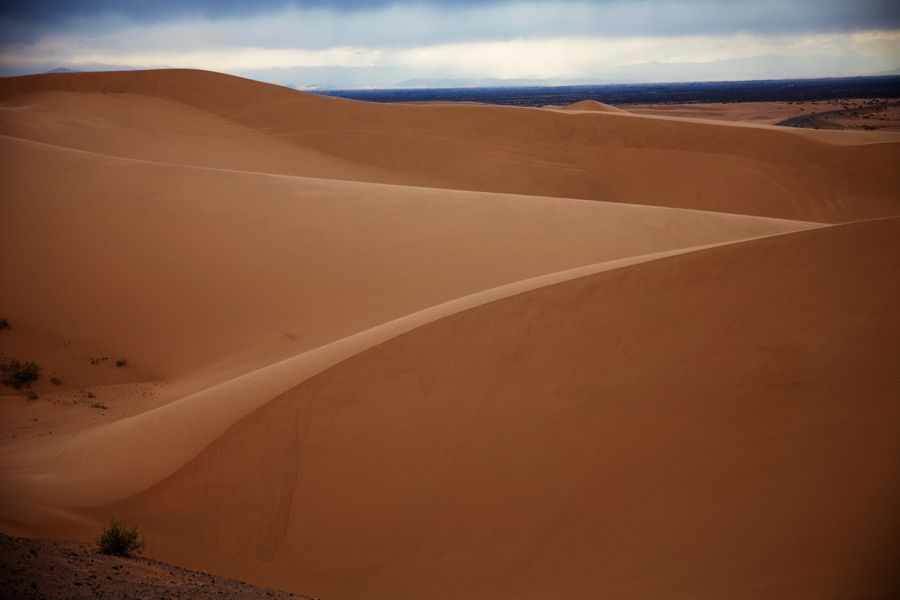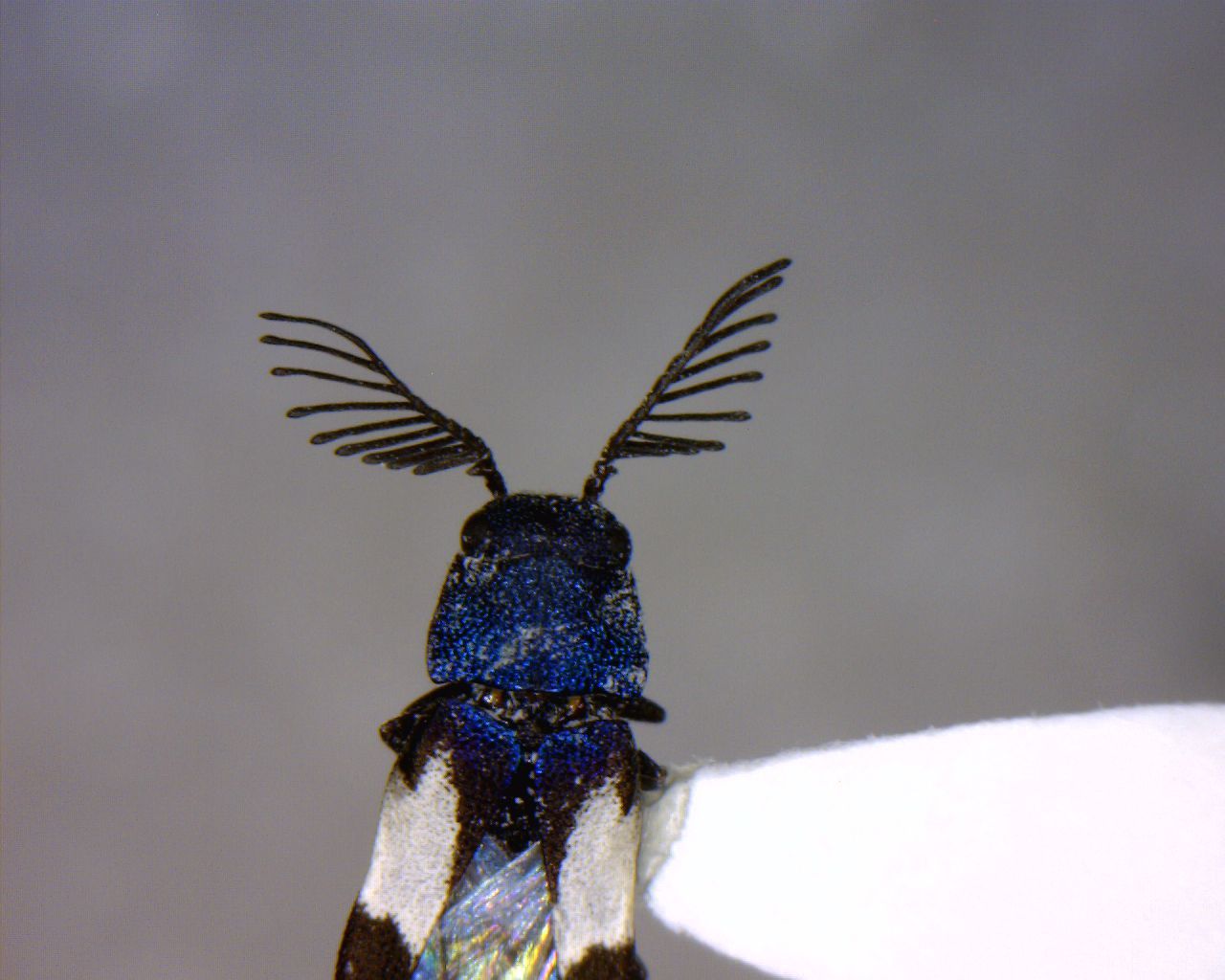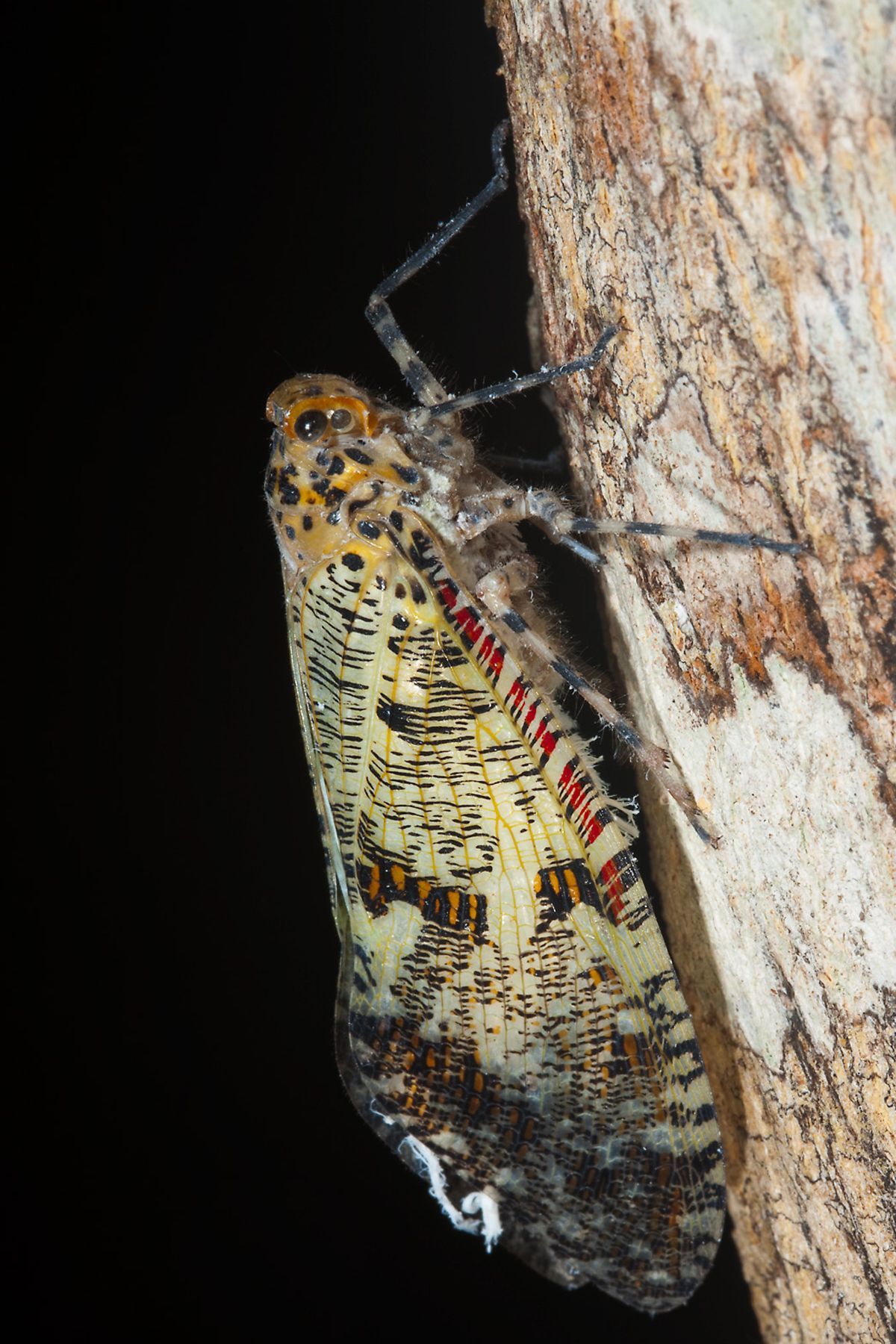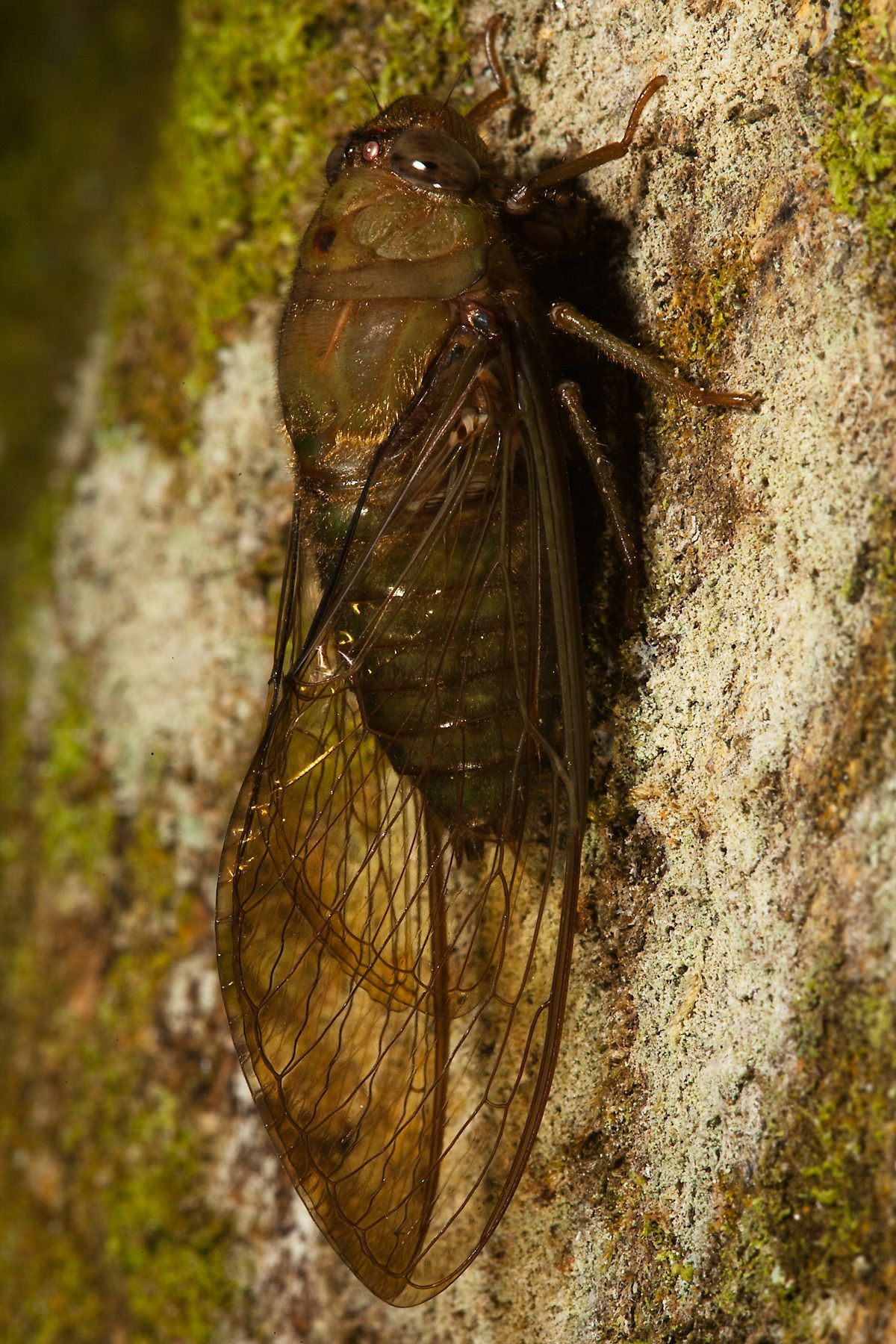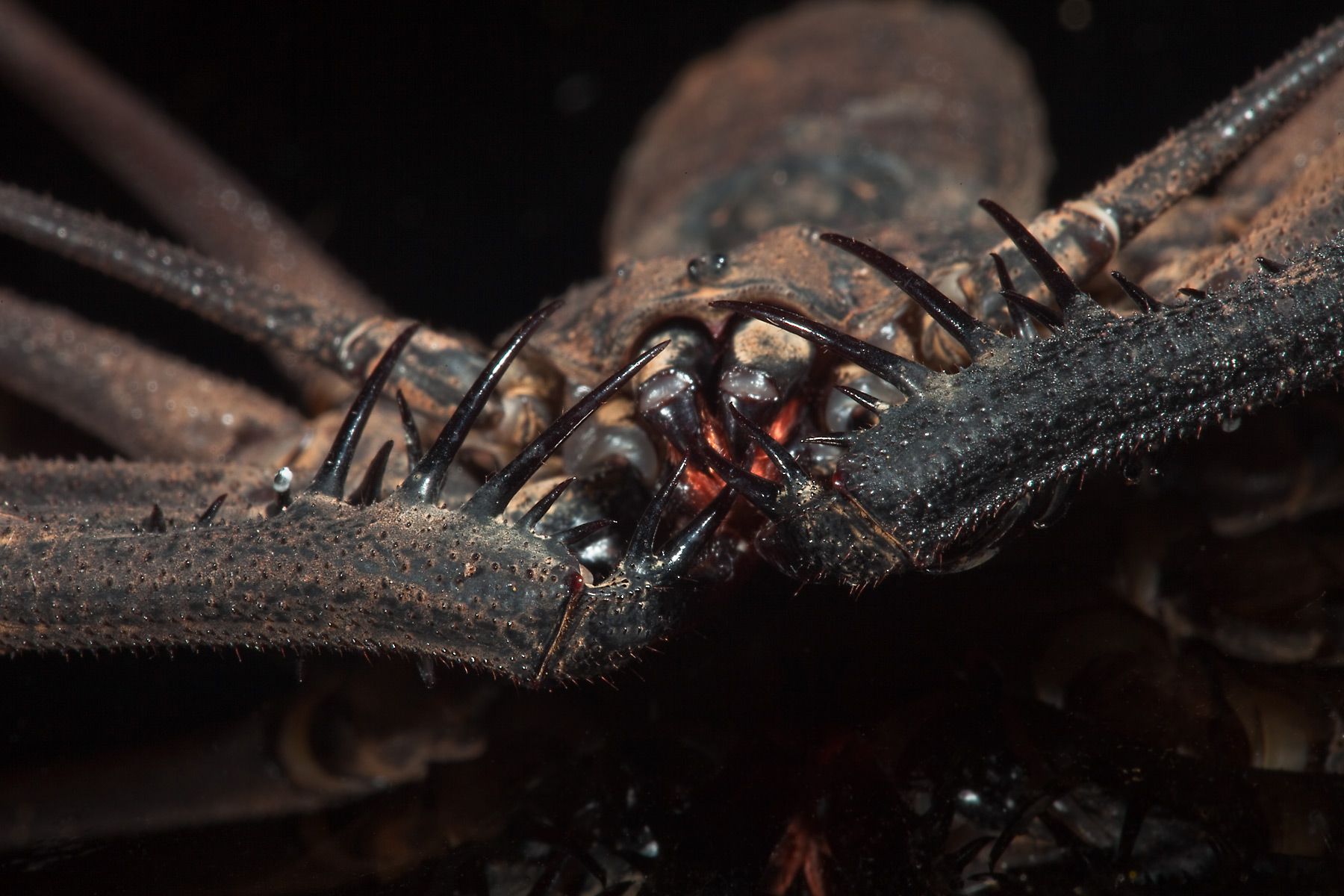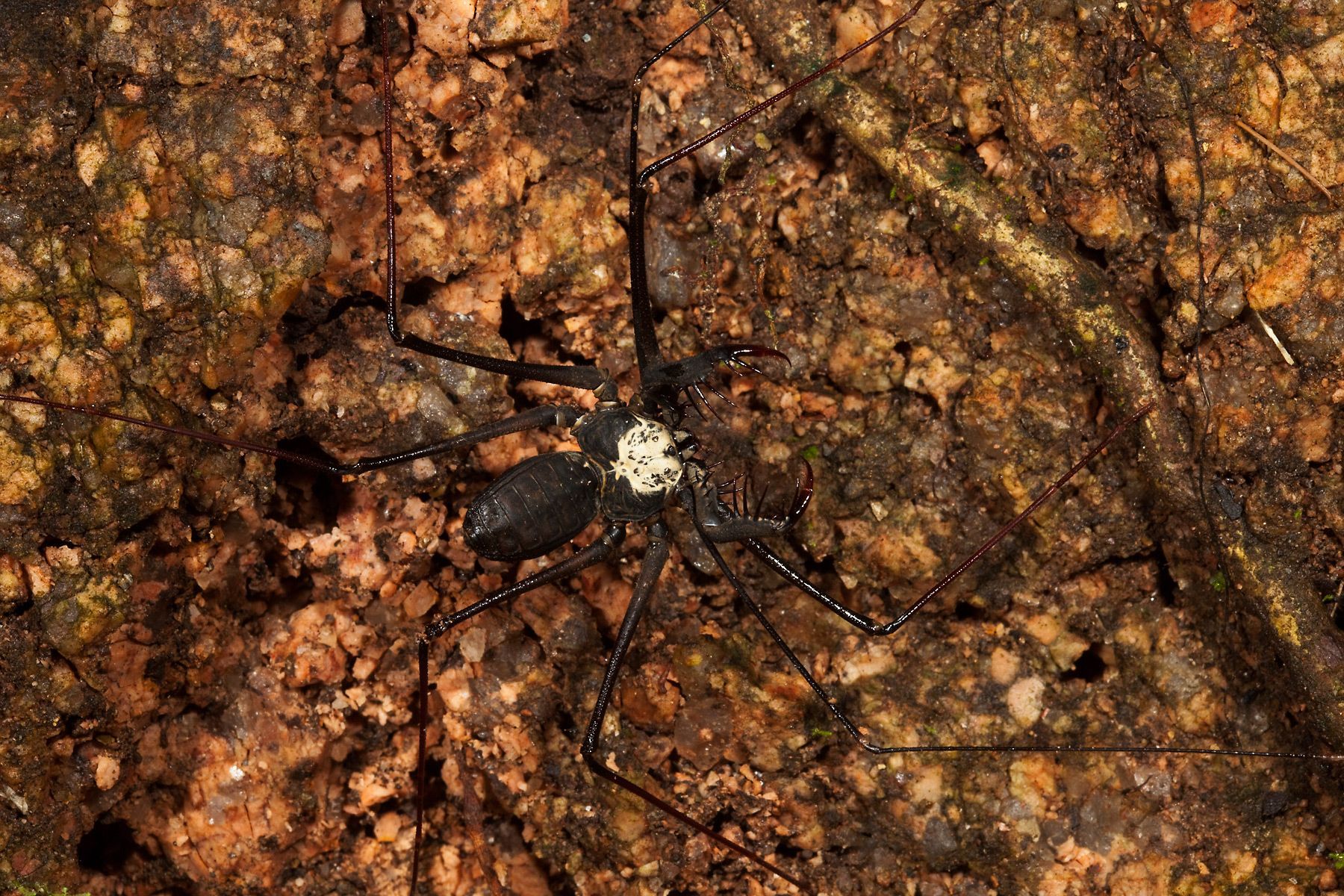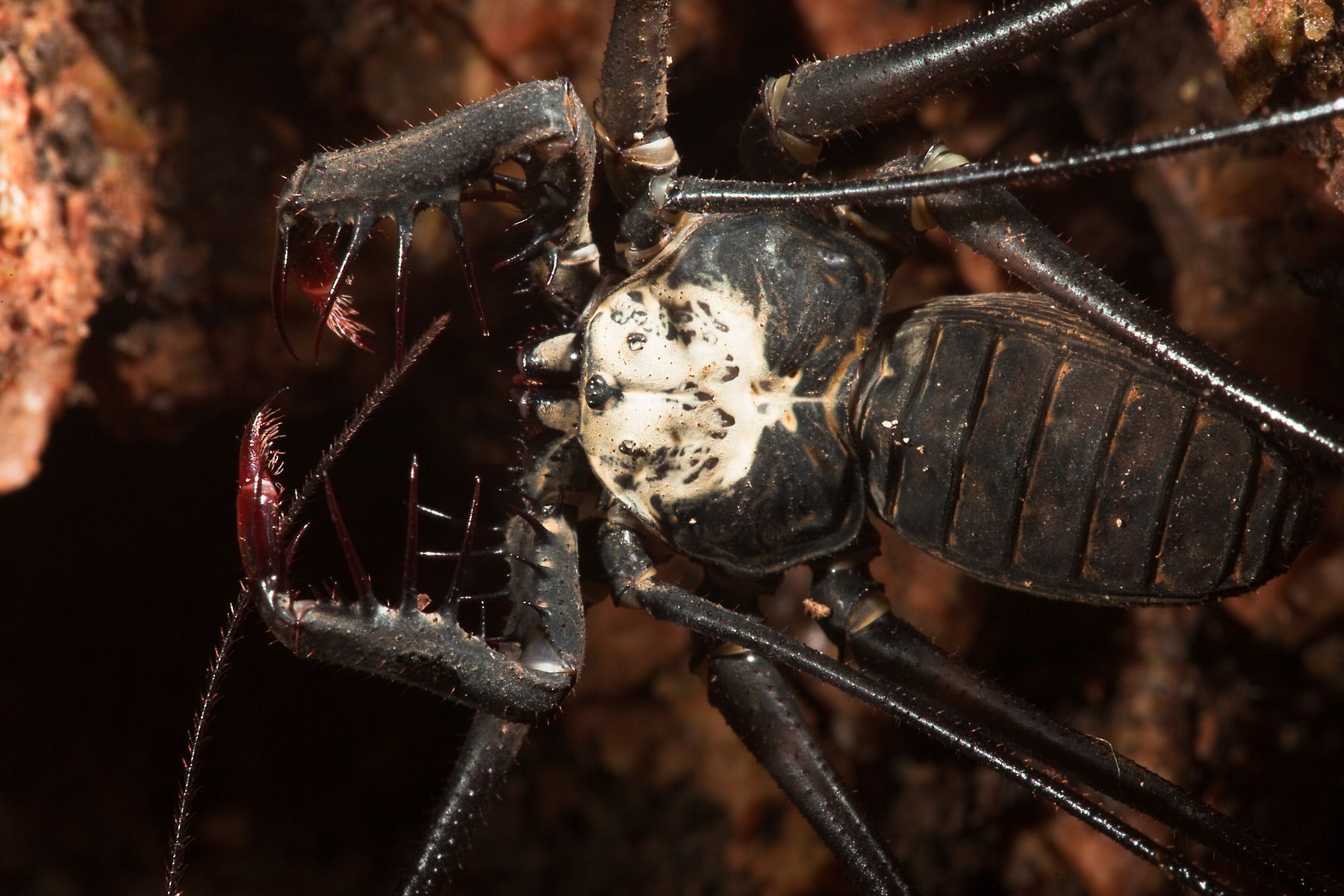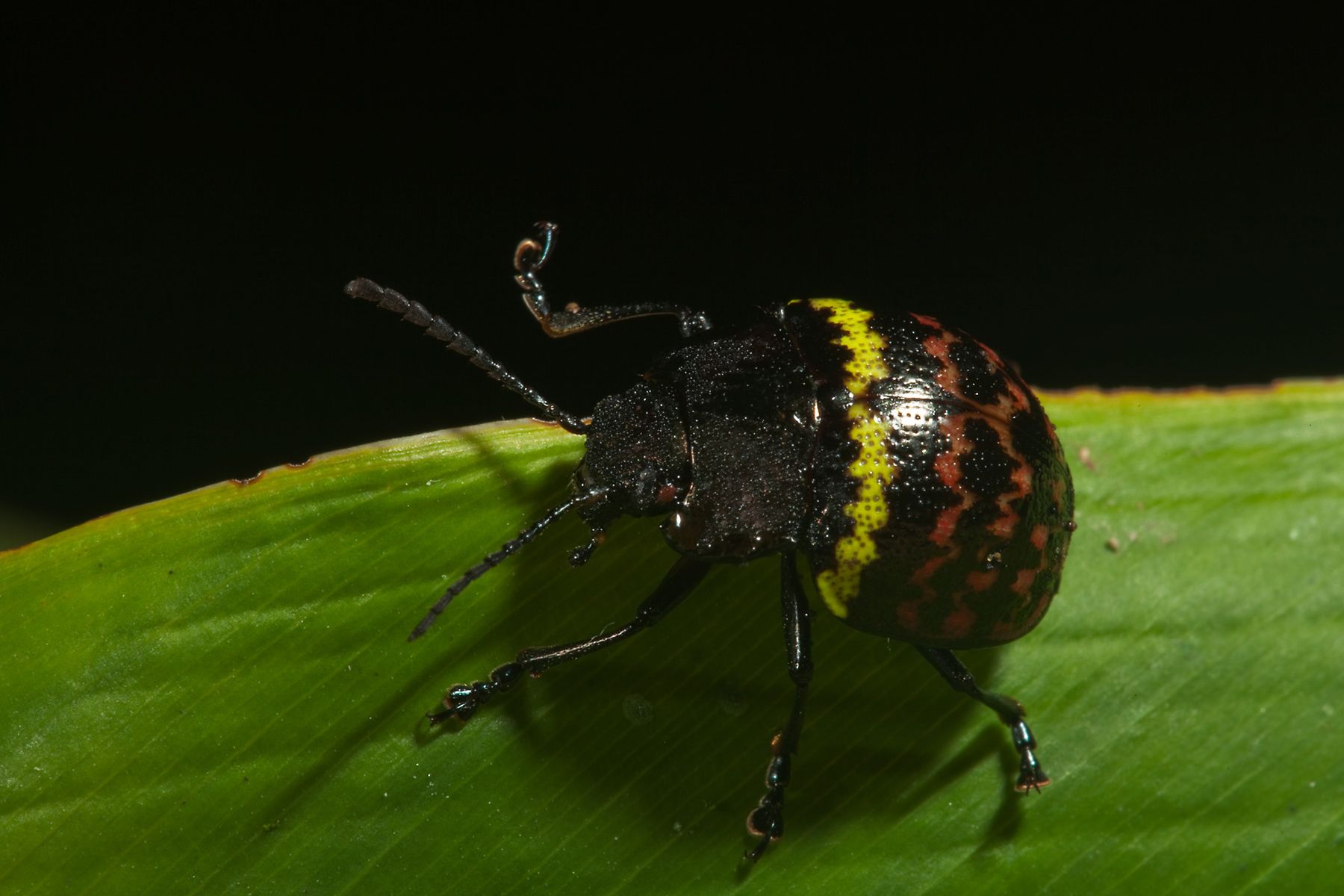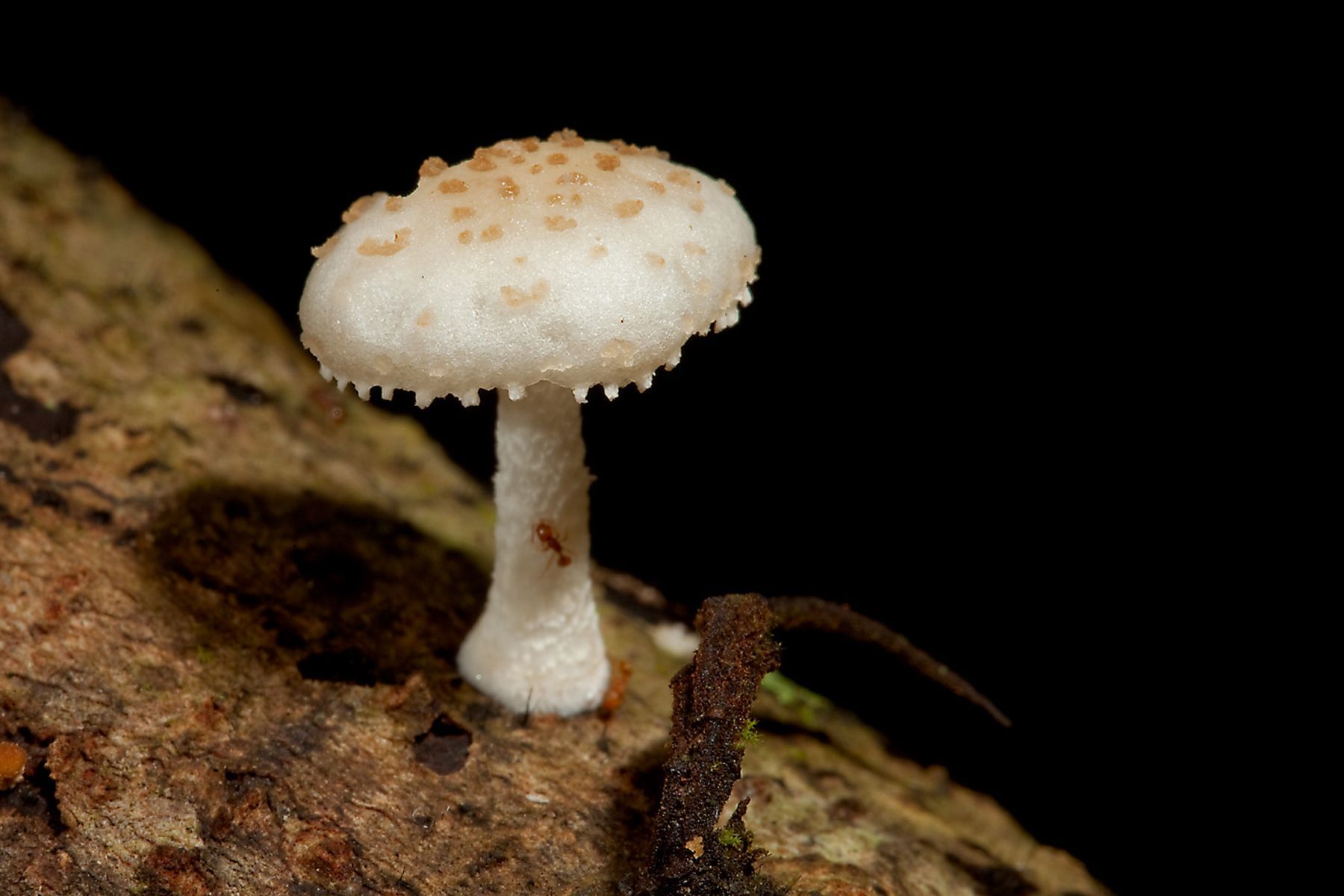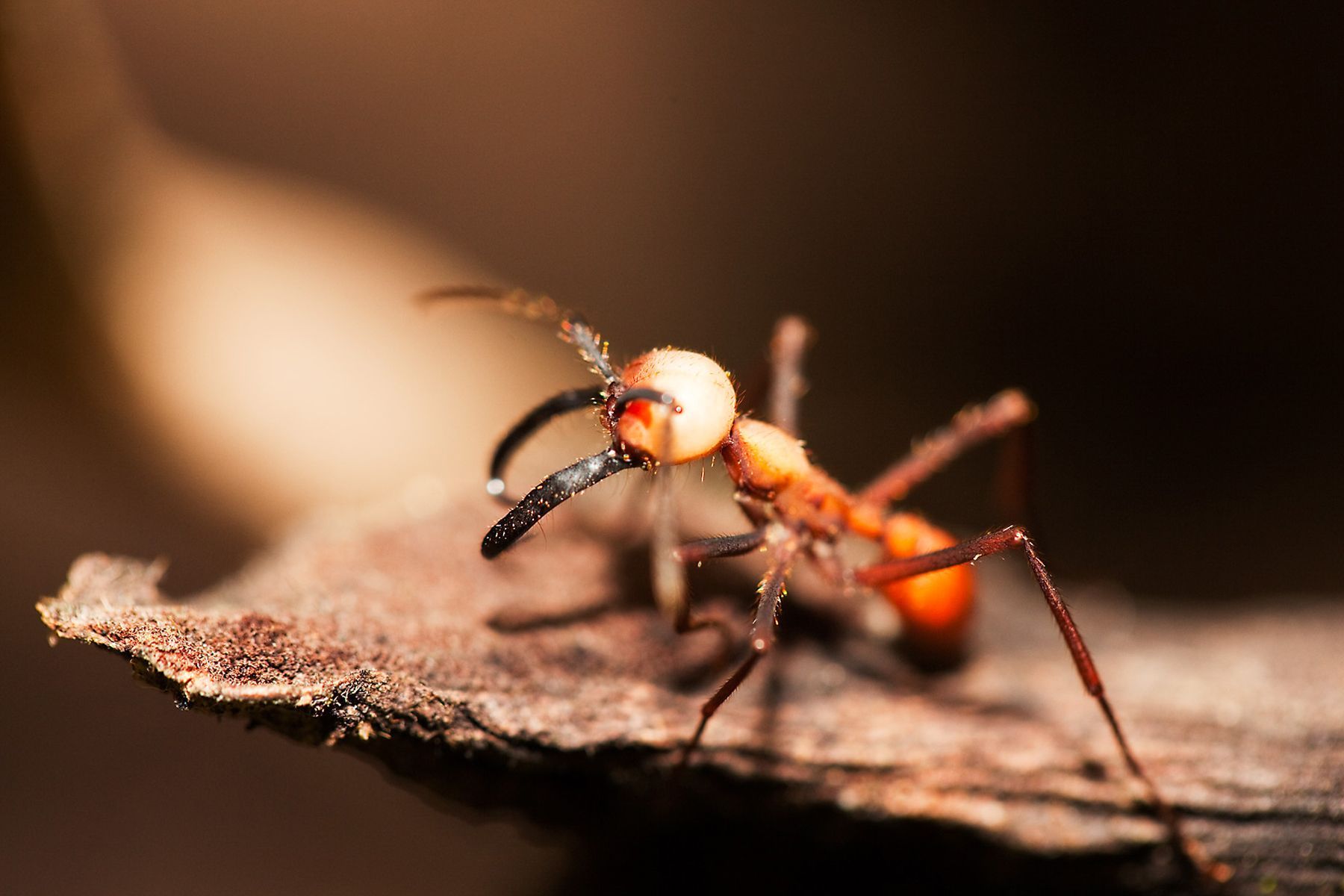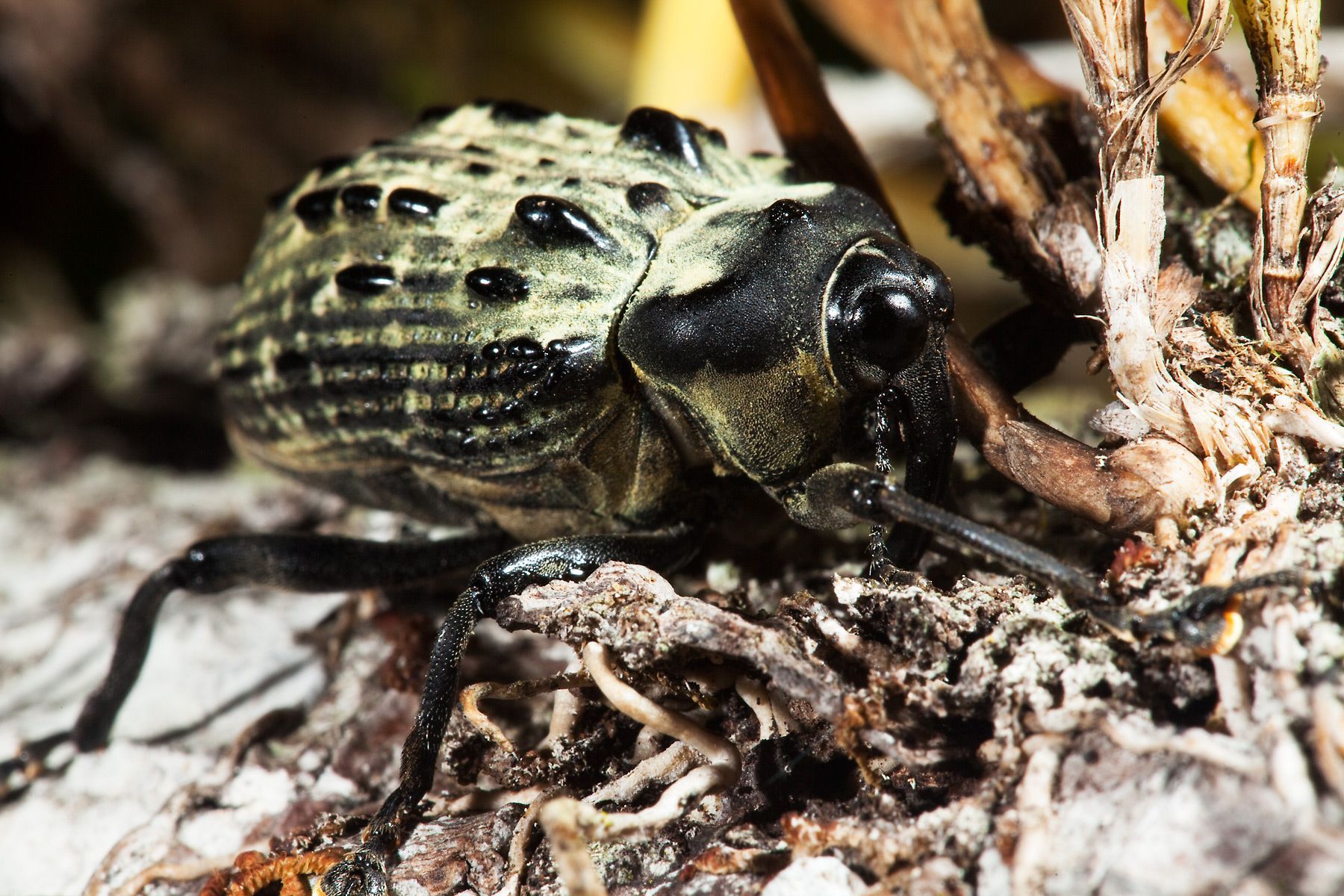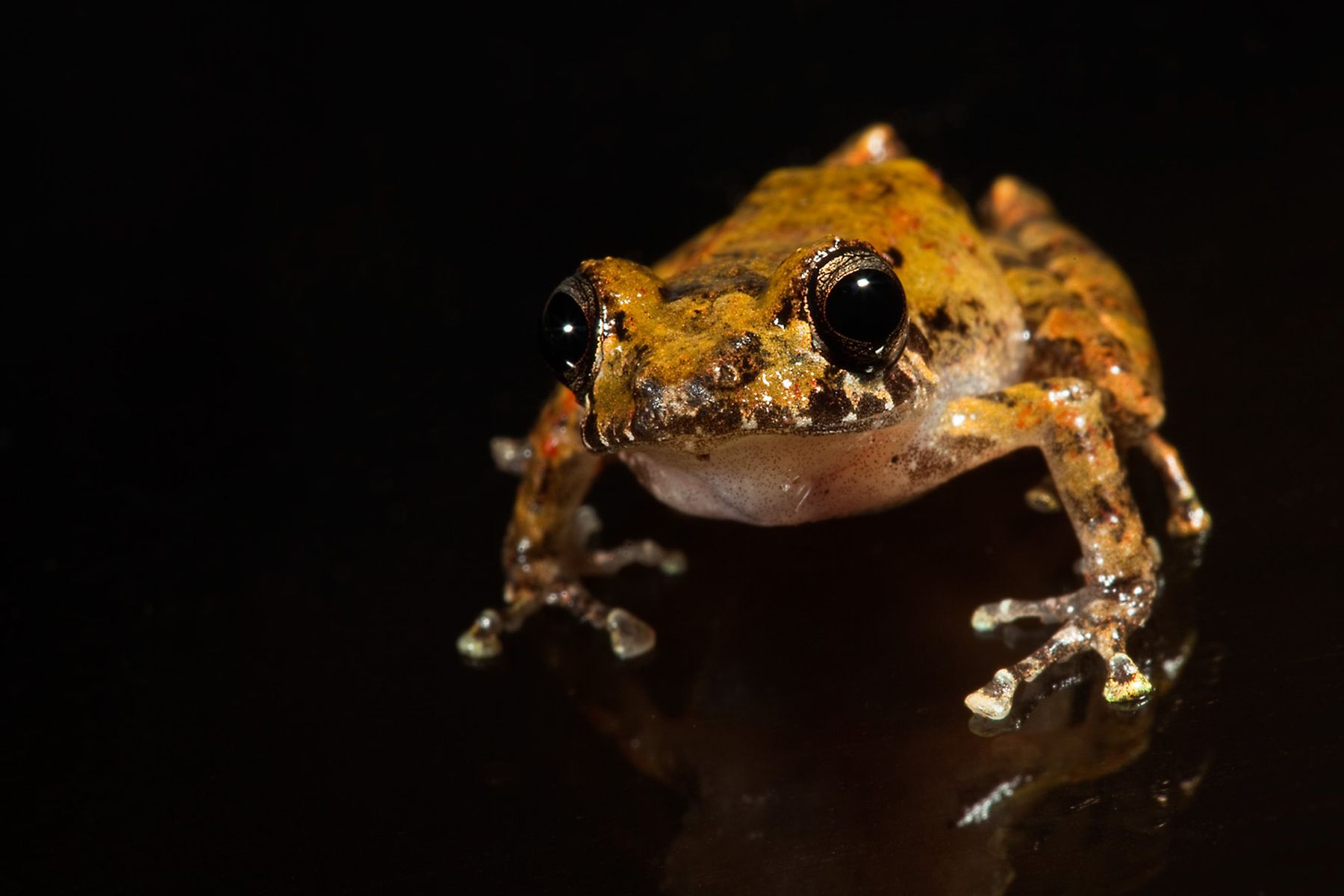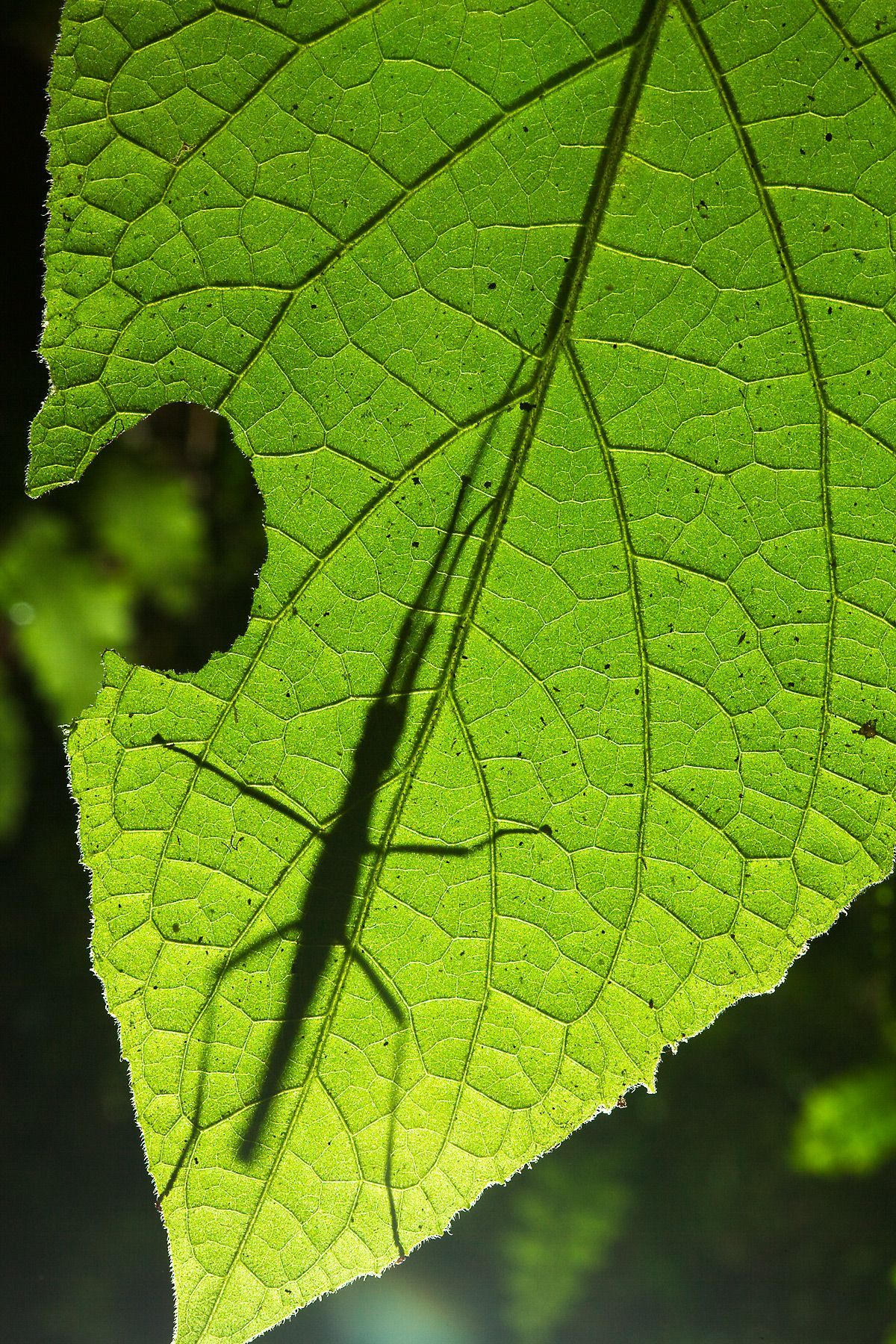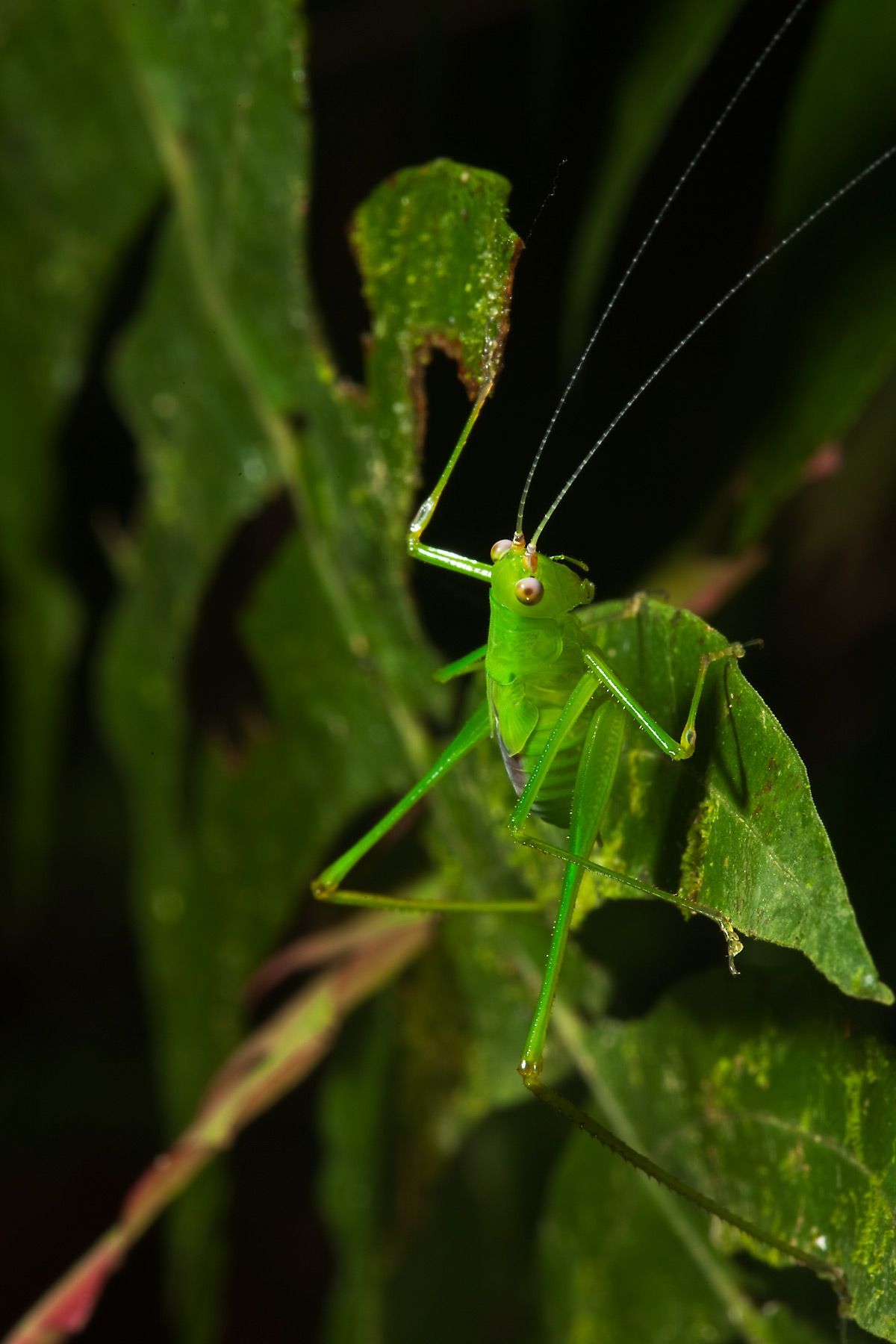Beetles
Beetles fascinate me, they appear in so many sizes, shapes and colors. I try to sneek away every once in a while to explore and collect. Here are a few from my collection.
Sulfur Springs Valley Campsite
We are very busy with tree work, but I was able to sneak away for a night to go collecting on Mt Graham in Southeast Arizona.
Wood Boring Beetles
I found some nice wood boring beetles on logging residue, and collected a few beetles at lights. It is a beautiful place!
This photo was taken using a home-made concave diffuser and 3 Canon Speedlights.
Tiger Beetles
We recently had an opportunity to visit Oak Creek near the Page Springs Fish Hatchery where I found a nice population of Cicindela oregona maricopatiger beetles. They were along the creek bank mating and ovipositing. In A Field Guide to the Tiger Beetles of hte United States and Canada, Pearson (et al) states that distinct individuals of this form are confined to southeastern and central Arizona and that intergrades with guttifera are common in southwestern Utah and with navajoensis in southwestern New Mexico.
I decided to try some photos with my standard 24-85mm lens and the 25mm extension tube (remember, my 100mm macro lens is still on a field trip to Colombia, South America!). I did some fairly extensive cropping, but that is where the Canon 5D MkII’s 21mp sensor really comes in handy (there is still plenty of resolution to spare!). Here is a shot of the female laying eggs:
Peru Photos!
February 2012
I’m back from the Peru Scarabs Course, the classes were great! The collecting was very slow. I’m posting my favorite pictures from the trip below, without too many comments. If you double-click the image you can see a much larger version.
We seem to be very busy with tree work since my return and I’m thankful for that! I’ll get back to posting more info on trees and tree care when I can!
Interested in our services? We’re here to help!
We want to know your needs exactly so that we can provide the perfect solution. Let us know what you want and we’ll do our best to help.

